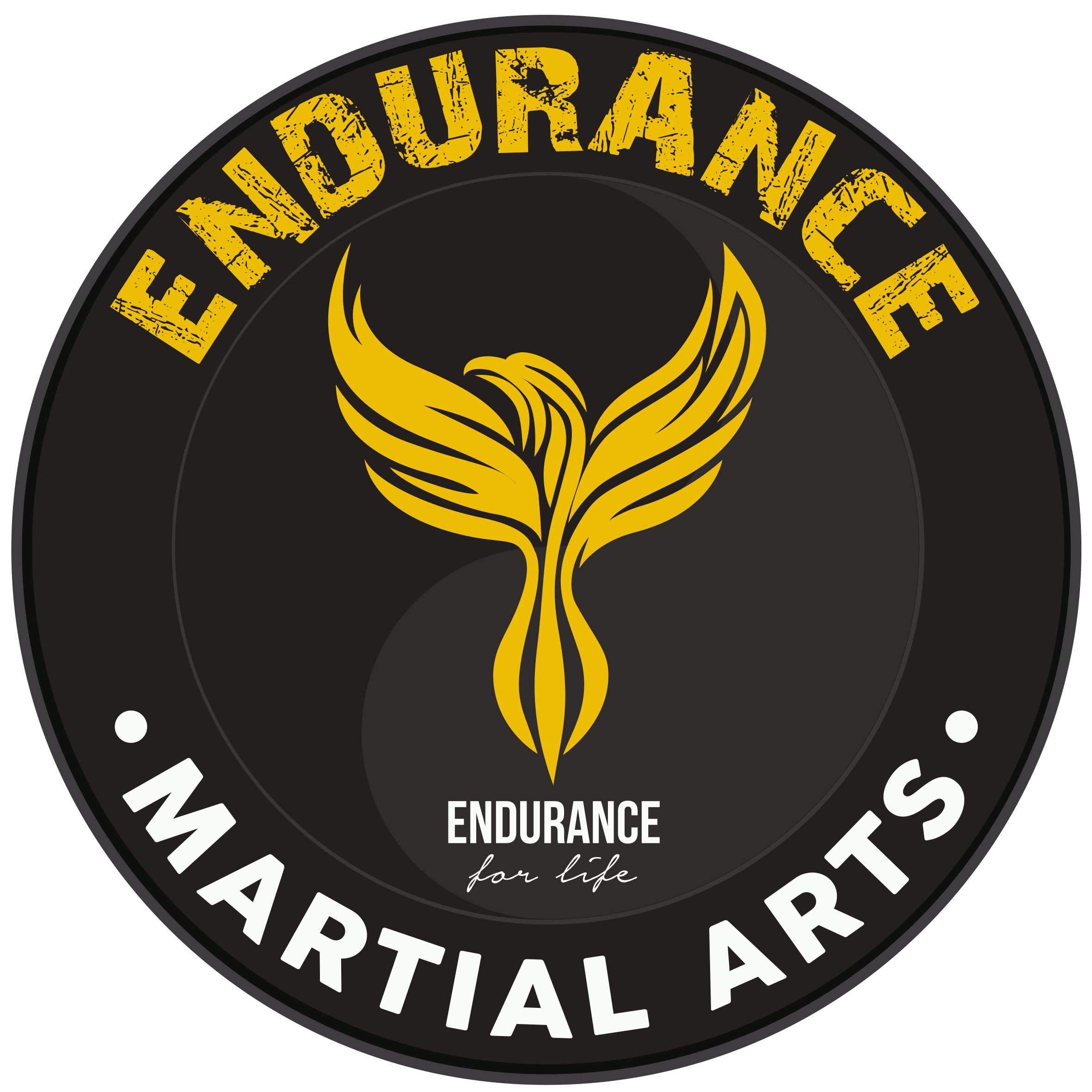

members section
As a member of Endurance Taekwondo you are now able to gain access to our exclusive videos. On this page we take you through all your Blocking Techniques. You will be able to learn and understand the basic Taekwondo Blocking Techniques for Self defence and improve your techniques for both your Poomsae and Hosinul (Self Defence)
Blocking techniques

olgal Makki
Olgul Makki is performed when an attacker invades your personal space and you are in need of protection. It could be from a person trying to grab your hair from the front, steal your hat or glasses for example or it could be to block a strike that is aimed towards your face.
For practicing this technique, start in Horse Riding Stance.
-
The starting position should be with your blocking hand placed on the opposite hip. Little finger against your hip above your belt.
-
Opposite non-blocking hand starts on opposite shoulder, thumb against your shoulder ready to rotate into position against your hip.
-
Your blocking arm then travels up towards your shoulder in front of your other arm.
-
Once your hand reades your shoulder, push your elbow upwards to finish your block
-
Your block should finish in a position where your wrist is in line with the centre of your face, your arm is 1 fist position in front and the arm slanted.
When practicing this block start slowly and as you build confidence, add power to this move as all blocks should be powerful for their desired purpose.

momtong Makki
Momtong Makki - Body Block is a block used to protect the midsection of the body and the vital organs of the body such as the kidneys.
This block can be used in defence from a strike to the body or from invasion of an attacker reaching for your shirt or necklace for example.
Use of this block will be determined on the attack you are faced with and your ability to make a decision on your counter attack.
The block should be practiced from a starting point outside as follows:
-
Your blocking hand should pass by your hip in a rotation like motion and circle behind you to create more power.
-
As your arm comes forward to block you then rotate your arm and elbow inwards to create more power in your block
-
Your finish point is with your blocking elbow centred and your blocking hand slightly further across your body to allow sufficiently room to block the oncoming attack.
Practice this block in Horseriding stance and then moving in Front Stance as a traditional Taekwondo practice routine.

bakkat Makki
As with Momtong Makki, Bakkat Makki is to protect the body from strikes and attacks to the body.
Use of this block over Momtong Makki will be determined by your next application of defensive response. Practicing this block with a follow up strike can be an effective way of gaging your response to an attack.
Practice this block the following way
-
Starting with your blocking arm across your belly. Little finger against your hip just above your belt.
-
Your opposite non-blocking arm is placed thumb inwards on your opposite shoulder.
-
Your blocking arm then travels up towards your shoulder on the same side.
-
Next it is taken past your filtrum level (just below your nose) and over to the opposite side to perform the block.
-
The blocking arm then finishes in a position in which your arm is at an angle of 90 - 120 degrees just out from the line of your torso.
Practice can be done stationary, traditionally in Horse Riding Stance and then once control and understanding have been gained, it can be practiced moving in Front Stance.

arae Makki
Arae Makki is used when defending your lower body area.
It can be used against an attacker trying to seal from your pocket or from a strike to your lower section such as a kick.
The power of Arae Makki must be practiced from the starting point -
-
Your blocking hand begins by your opposite shoulder.
-
Non-blocking arm straight into the centre of your body for protection.
-
Little finger of your blocking hand against your shoulder.
-
Blocking Hand no higher than the top of your shoulder.
-
The finishing point is just above the knee on the same side as the arm you are using for blocking. 1 open hand span above the knee is the height you are looking at.
Like all blocks, start by practicing in Horse Riding Stance and progress to moving in Front Stance whilst performing the block. From here you can add to this drill by performing a strike after - Front Stance, Lower Block, Body Punch - for example.


